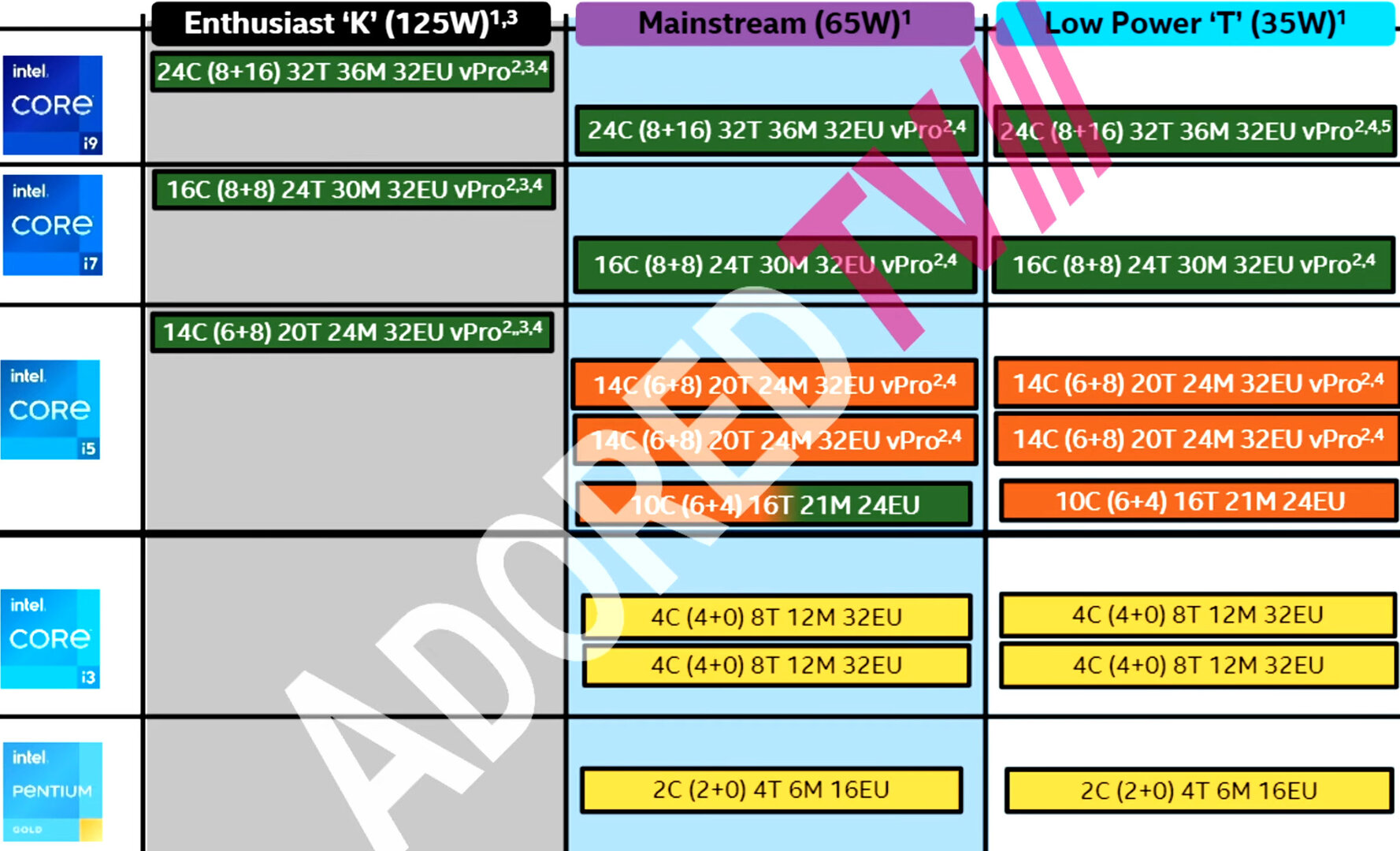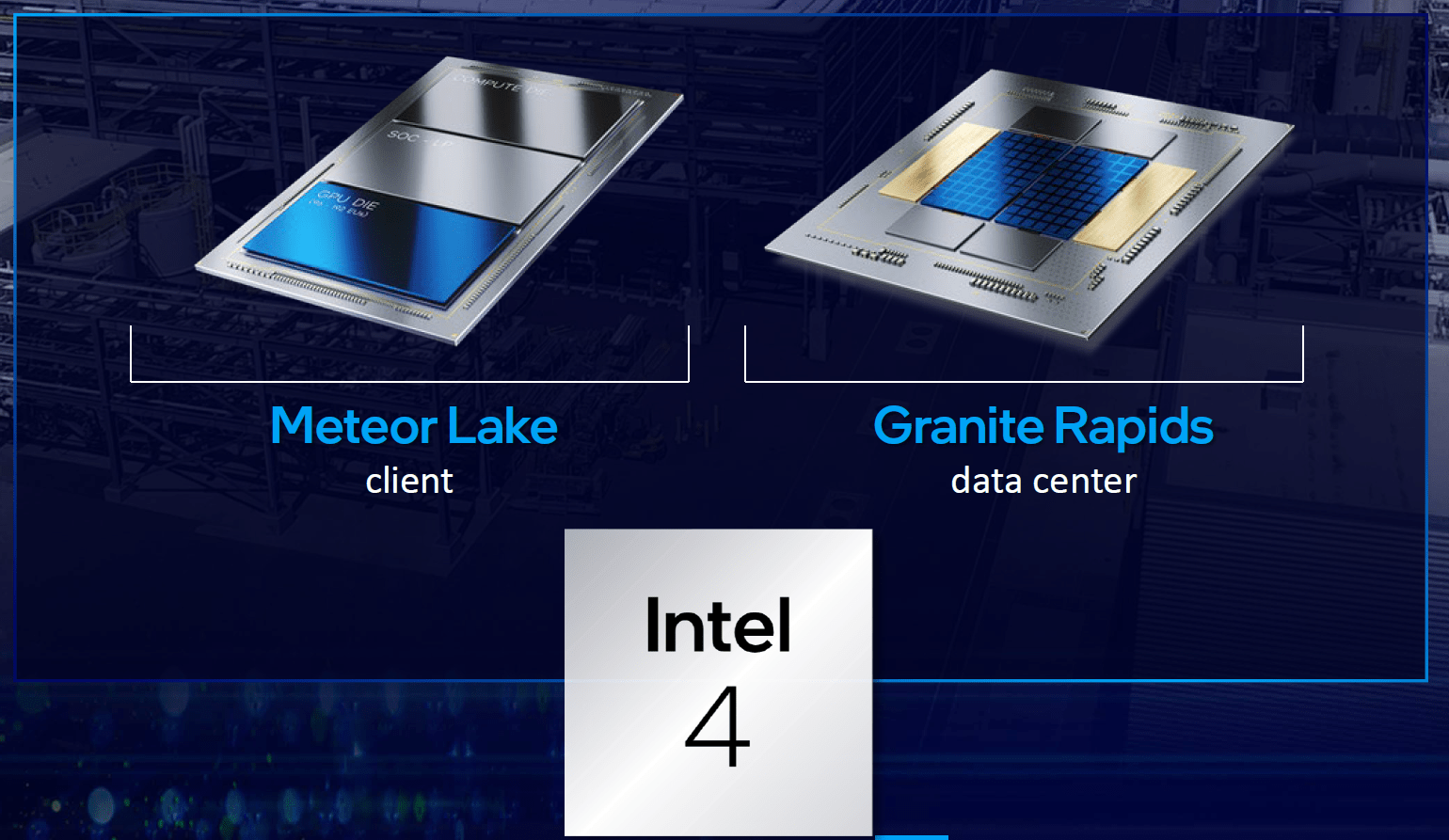Countless rumors about the upcoming Intel CPUs made the rounds in the last few days. At times, the credibility fluctuated extremely. For obvious solutions, for example in the coming year, they are partly realistic, but the later the year, the more difficult it becomes. A brief summary of the situation.
Note: The editors know about the uncertainty of the rumors, but after many hints and inquiries from the community they become one Try to classify. The basis are undoubtedly rumors with only very little support in some cases.
5 years in advance – wish and reality
The time information is particularly problematic. The last rumors speak of cores for the year 2025 and 2026, some of which are not even fully defined. The assumption here is that every CPU development at Intel suddenly takes up to eight years, usually half the time is actually more.
For example, the new processor cores, which were still inspired by Jim Keller's time at Intel, will not be available until 2025 to 2026 – Jim Keller has been with Intel since the beginning of 2018.
In this respect, the claims made by the YouTuber “Moore's Law is dead” should be viewed with great caution and healthy skepticism. The “Royal Core”, inspired by Jim Keller, should almost reinvent the wheel and directly offer 30 percent more IPC; added, of course, to the IPC gains that are still pending until 2025. SMT4 (4-fold multi-threading) also appears as an alleged innovation. In recent years, rumors about every second CPU generation at both Intel and AMD have brought out this technology like a mantra, but not implemented in any design – SMT4 has remained a pipe dream to date. In contrast, further developments in DDR5 promised in the rumors are logical, but can also be easily counted on one hand. Now and then what will be implemented in the alleged CPU series Lunar Lake and Nova Lake will not be revealed until 2025 at the earliest.
 Intel's” Royal Core “(Image: MLID)
Intel's” Royal Core “(Image: MLID) The obvious information, on the other hand, is more credible. Raptor Lake, a refresh from Alder Lake, will be released within a year. Here Intel will double the number of small cores, 16 instead of 8 in number. These rumors have been around for weeks, and the picture is increasingly manifesting itself here. Slight increases in both the clock rate and the supported memory are part of the game, but since the production stage remains the same, these will not be excessively large. New clock records, as reported directly by the AdoredTV rumor mill (the same leaker had often been wrong with the alleged clock records of AMD Ryzen) should therefore be enjoyed with great caution.
 Intel Raptor Lake (Image: AdoredTV)
Intel Raptor Lake (Image: AdoredTV) Interestingly, Intel should not increase the number of large P-cores, as introduced with Alder Lake for the first time, in the following generations. Instead, there are only ever more small e-cores, at Arrow Lake it could be 32. However, some of the time intervals that are mentioned here are kept very short: in reality, a new product should not take place every six months, at least not for every market area. It is possible that Intel is ultimately separating more strongly between mobile and desktop solutions, so that generations could sometimes be skipped in one area or the other. Here, however, the rumors sometimes contradict themselves.
Server environment with similar jumps
In the server, development should also progress quickly. Emerald Rapids should take over the reins of Sapphire Rapids within a short time, around a year time difference is mentioned. Similar to the client environment, there are the new Raptor Cove cores, the bottom line is that some of them are more based on the dies, the CPU should then offer a maximum of 64 instead of 56 cores. The CPU should be available in early 2023.
 Meteor Lake and Granite Rapids in Intel 4 (picture: Intel)
Meteor Lake and Granite Rapids in Intel 4 (picture: Intel) Intel recently officially confirmed Granite Rapids for the first time, the architecture is to appear in the client area parallel to the Meteor Lake generation. At that time, the diagram revealed 60 cores per die, the multi-chip approach will be continued accordingly. Diamond Rapids is next, but is not expected until 2025 – this is where the big bang is supposed to happen.
What really matters in the end is that the rumors don't know. As already mentioned, healthy skepticism is more than appropriate, some of the forecasts that someone could simply have drawn as a target on a dashboard and ultimately have nothing to do with reality are far too far-reaching.